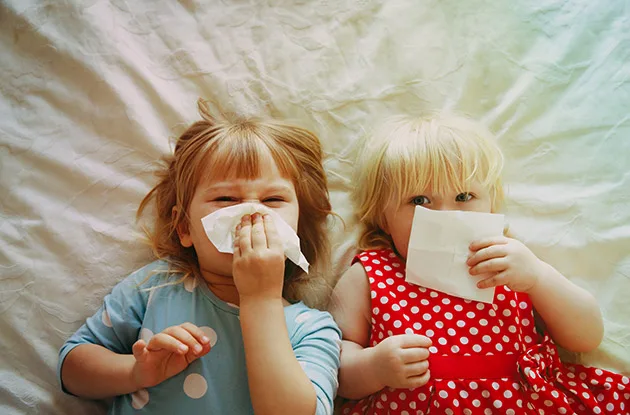Vaping has exploded in the teenage population around the country. Although these products were originally designed as alternatives for adults who already smoke traditional cigarettes, fun flavors, a perceived cool aesthetic, and the promise of “safer” smoking have attracted kids to the devices. While no one knows the long-term affects of vaping, James Ratcliff, the chairman and CEO of Rowpar Pharmaceuticals, is here with three negative affects using vapes could have on your child’s health so you can stay informed and best educate and protect your kids.
Studies performed on animals indicate potential issues in humans.
There is very little research on vaping and oral health on humans that Ratcliff is aware of, as vaping is a new phenomenon, but there are animal studies that show vapors from vaping increase pulmonary and cardiovascular illnesses–and that's just vapors that don't contain nicotine.
We don’t know the specific side effects of vaping with nicotine, but we do know what nicotine itself does to the body.
Ruthless Vapor published an infographic on the side effects of nicotine on the body, which include a racing or irregular heartbeat, increased blood pressure, lightheadedness, headache, sleep disturbances, irritability, dizziness, bronchospasms, and muscles tremors and pain. The impacts of nicotine on the body have been well-documented for years.
Breathing through their mouths makes it easier for kids to get sick.
It is helpful to reflect on the value of having a nose. The nose is the major pathway to the pulmonary system. Breathing through the nose sanitizes air. Air coming from the nose to the lungs provides 20 percent more oxygen than a comparable amount of air inhaled through the mouth. Vaping brings water vapors to the lungs via the mouth–less oxygen, more water aerosols, less sanitization.
The mouth is a major pathway to the digestive system as well as to the lungs. The salivary glands help sanitize liquids, solids and air taken in through the mouth. Mouth breathers are more prone to disease and well as tend to be oxygen-deprived.
The mouth is also home to about 600 known bacteria, most of which are helpful to digesting foods and preventing disease, but some are also pathogens. They exist in an ecology so that the pathogens don’t overgrow and infect tissues.
When an oral pathogen comes down the windpipe (or enters the blood stream) and no longer encounters the other bacteria that keep it in check, it overgrows–just like deer overpopulate woods when their natural predators are removed.
Oral pathogens thrive in aqueous solutions, including water vapor, so water vapor provides a great vehicle for pathogens to travel from the mouth to the lungs where they may not encounter other bacteria that have kept them in check. Disease is the result.
Because bacteria thrive in water, vaping is perhaps a better medium for bacteria to get into the lungs than smoke.
The Bottom Line About Vaping
The short story is that water vapor provides a vehicle for indigenous bacteria of the mouth (and exogenous bacteria inhaled) to travel to the lung, raising the risk of infection.
How big is the danger? We probably don’t know the full story as yet as research starts with animal studies and progresses to humans. Case studies of vaping individuals suggest the problem may be significant.





















